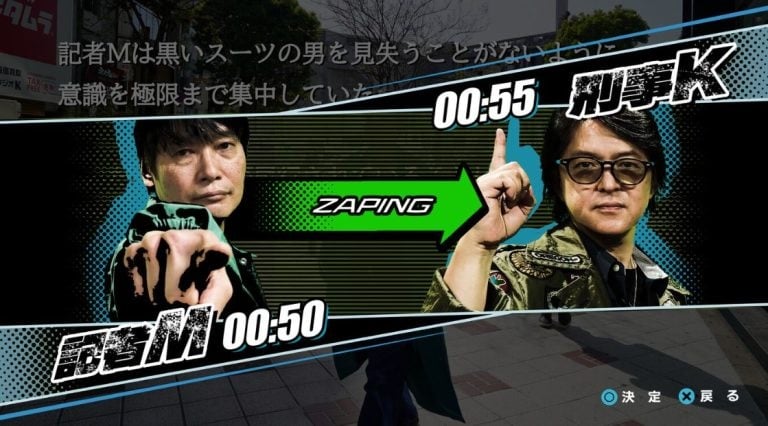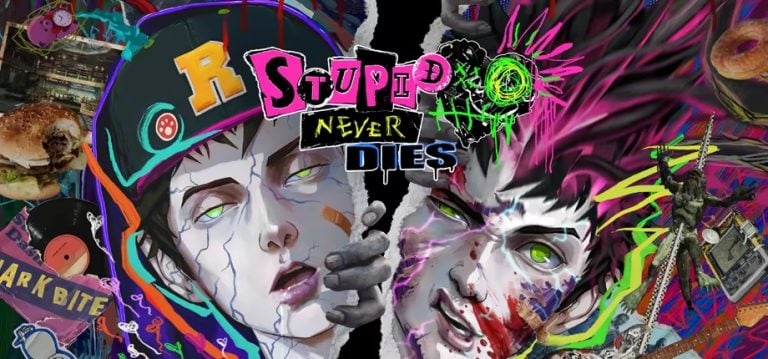Game designer Jiro Ishii’s upcoming game, in the vein of his cult-classic 428: Shibuya Scramble, has just ended its crowdfunding campaign with over 1030% of the original goal raised for the project. As a veteran in the field of Japanese narrative adventure games (commonly referred to as visual novels in the West), Ishii talked to Denfaminicogamer about the importance of innovation in the genre, as well as games as a whole. He highlighted two new “subgenres” that he feels have the potential to shake up what he perceives as stagnation of visual novels.
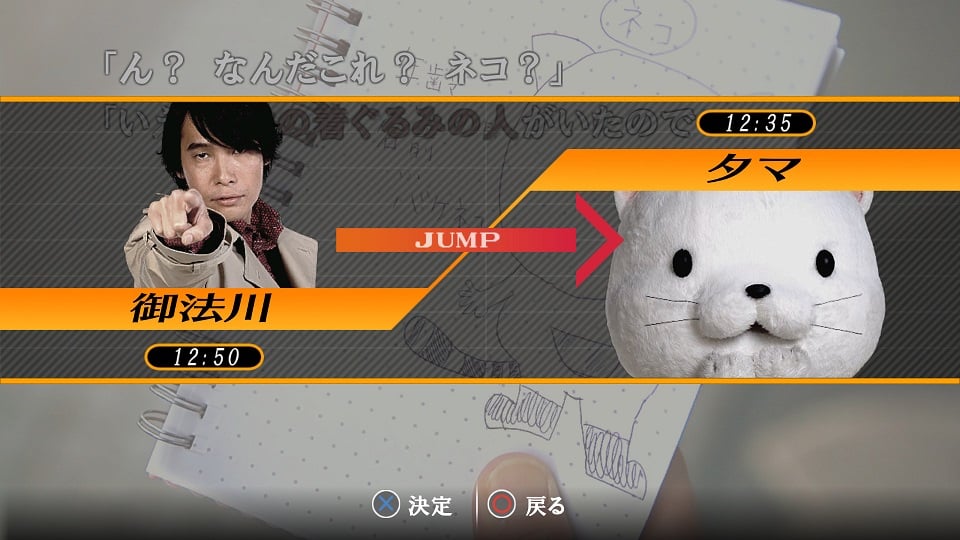
“My honest impression is that the evolutionary tree of adventure games has reached more of a dead end than I thought it would. However, there are some new genres that evolved from there.” Ishii pointed out two “new subgenres” of adventure game that particularly stood out to him. He defines them as “open-world type adventure” and “roguelike adventure” games. Note that Ishii only uses the terms open-world and roguelike conceptually, to describe certain ways stories progress in adventure games – they are not to be confused with actual open-world and roguelike game mechanics.
As examples of “open-world type adventures,” Ishii brings up Vanillaware and Atlus’ 13 Sentinels: Aegis Rim and Spike Chunsoft’s Zero Escape series. He once more emphasizes that, in this case, “open world” doesn’t mean a 3D space that you can roam freely. To him, it signifies a non-linear narrative, not bound by time or laws of cause and effect. The player is able to experience the narrative freely (by “picking up fragments”) in any order they like, which ultimately leads them to completing the “big picture” and finding out the true story. In 13 Sentinels: Aegis Rim, you switch between the perspectives of 13 characters, but the story unveils itself regardless of the order and timing at which you choose between them.
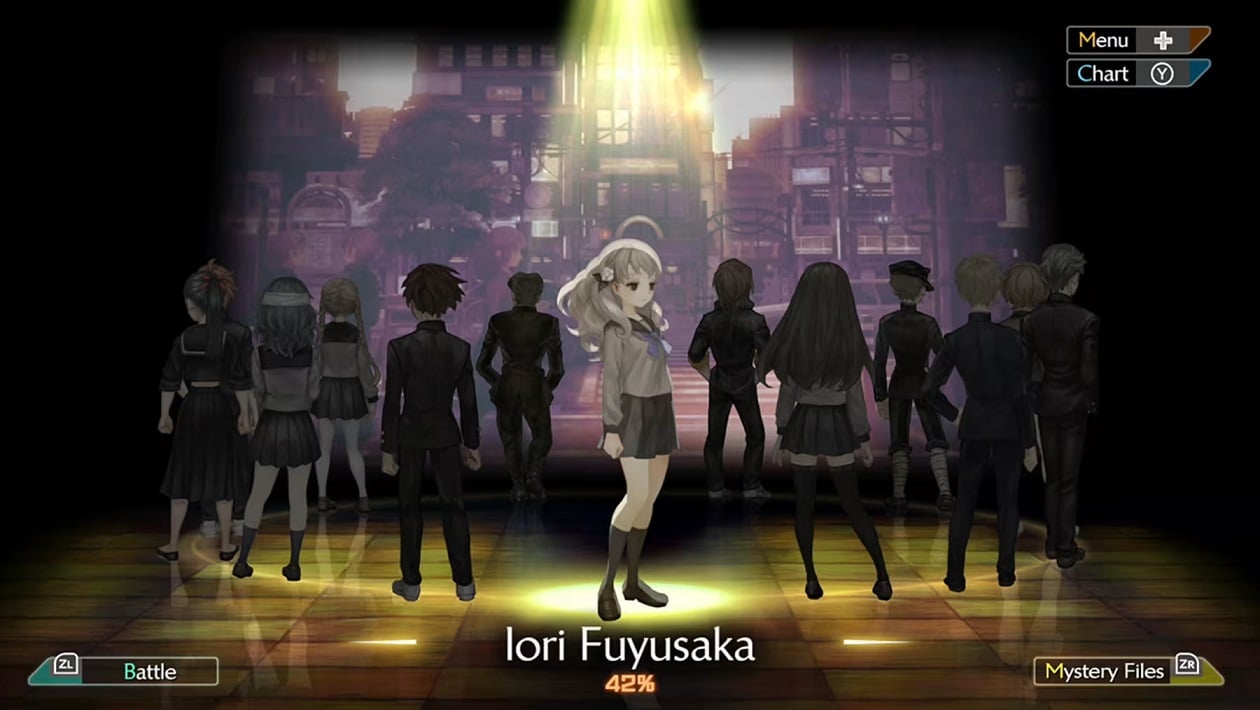
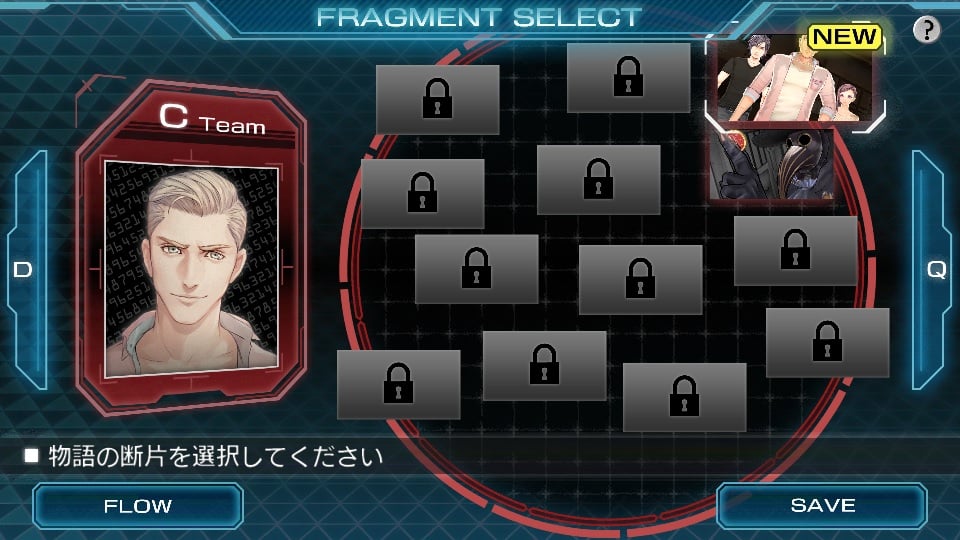
On the other hand, “roguelike adventures” are a subgenre that was pioneered by Petit Depotto’s Gnosia. What makes “roguelike adventures” significantly different from “open world” ones are, as Ishii states, the element of randomness and the way the world of the game branches out. While in “open world adventures” there are no changes in the story despite the order in which the player decides to experience it, in “roguelike adventures” the story randomly changes with each replay – kind of like in a “parallel world” scenario, Ishii explains. Gnosia takes full advantage of this gimmick, letting the player go through “time loops” of the same base story with different randomly altered relationships and swapped roles, making each playthrough a unique experience. For example, a character that might have stood up for you in the first loop could be wanting to kill you in the second one. “The feeling of going through a world in which the law of cause and effect doesn’t matter – that is the core idea of a roguelike adventure game, and it’s a brand-new territory that most adventure games until now haven’t stepped into yet.”
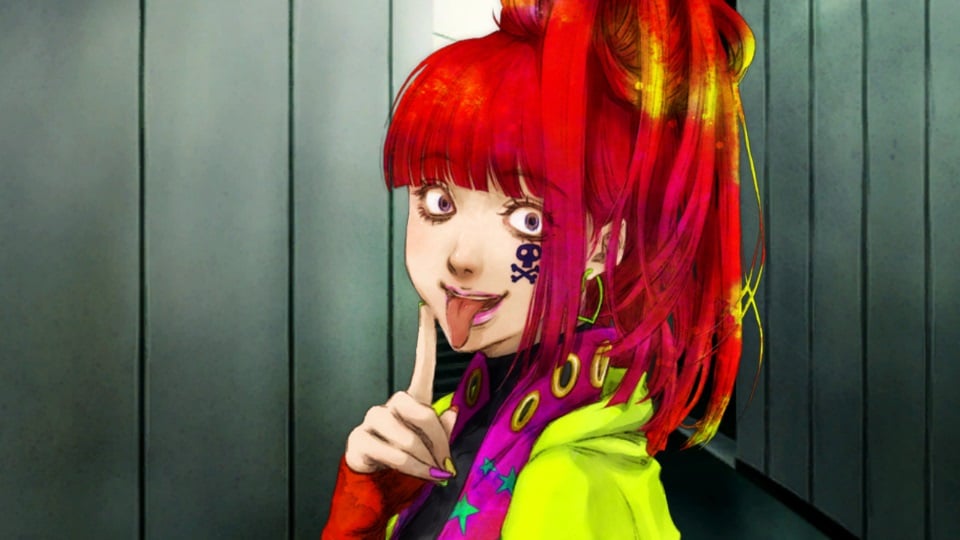
Ishii says that, while Gnosia is a roguelike adventure “masterpiece,” no other games seem to be pursuing the subgenre. “I also felt a huge amount of potential in this genre, and am currently trying it out with Depth Loop (provisional title), another title currently in development.”
“However,” Ishii goes on, “Even with these examples of evolution, I’m still not sure I can say that adventure games as a whole are making new breakthroughs. They haven’t reached the level of explosiveness that could cause a stir in the game market like with Higurashi or Steins;Gate – the games that popularized “time-loop” stories.” Ishii thinks that there is still something that’s missing that could make recent adventure games reach a wider audience.
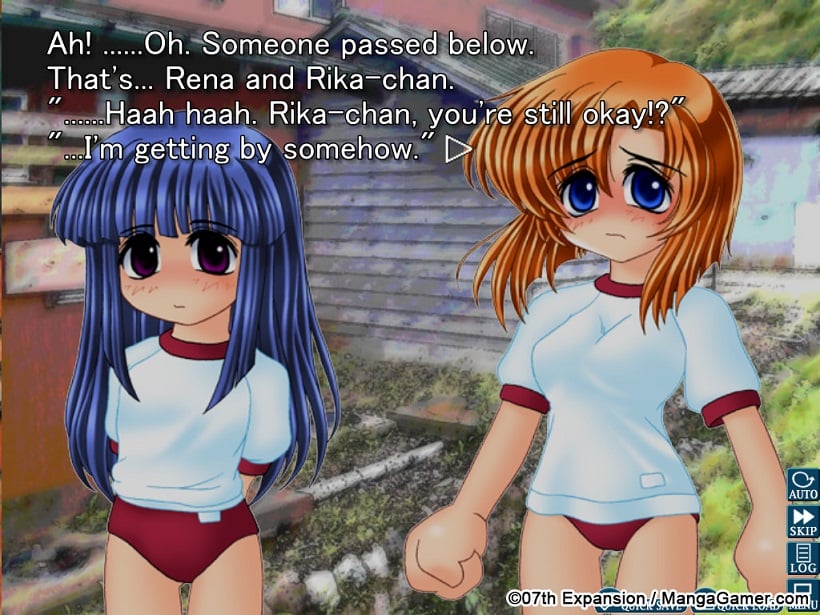
Ishii emphasizes that it is important for games as a whole to keep innovating and changing. “Game design needs to be constantly evolving.” Just like anime and other genres of media draw inspiration from video games to create hits, games should be doing the same thing, he explains. He fears that, if there aren’t any innovations in the game medium, culture might end up stagnating as a whole. “For the past 10 years, I’ve been exploring the worlds outside of games. And now that I’ve accumulated all this experience, it is time to bring it back to the game world.” While Ishii indeed hasn’t been actively working on games for some time now, it seems like his goal for the upcoming releases is to bring something new into the medium and inspire its further evolution.

